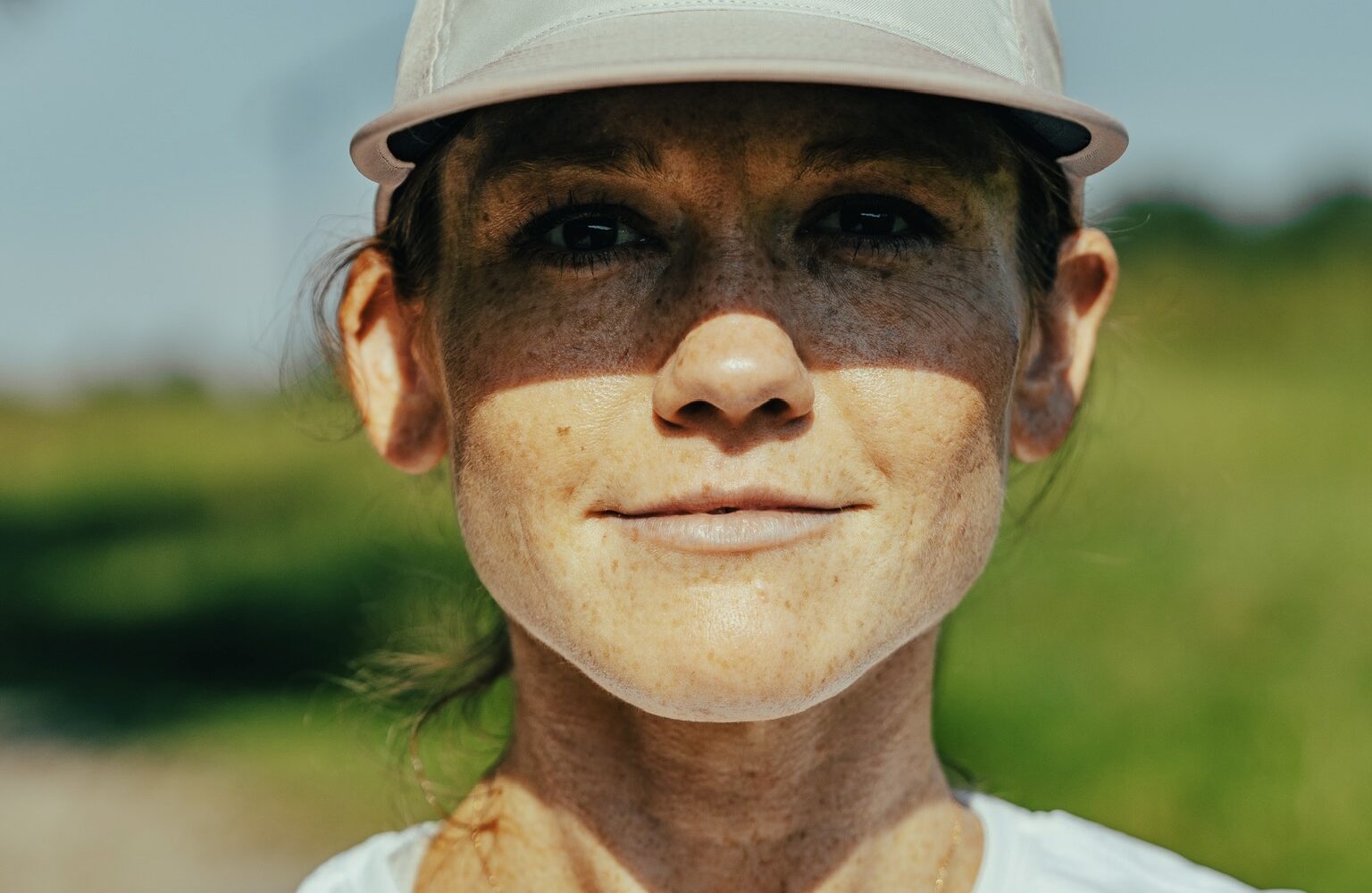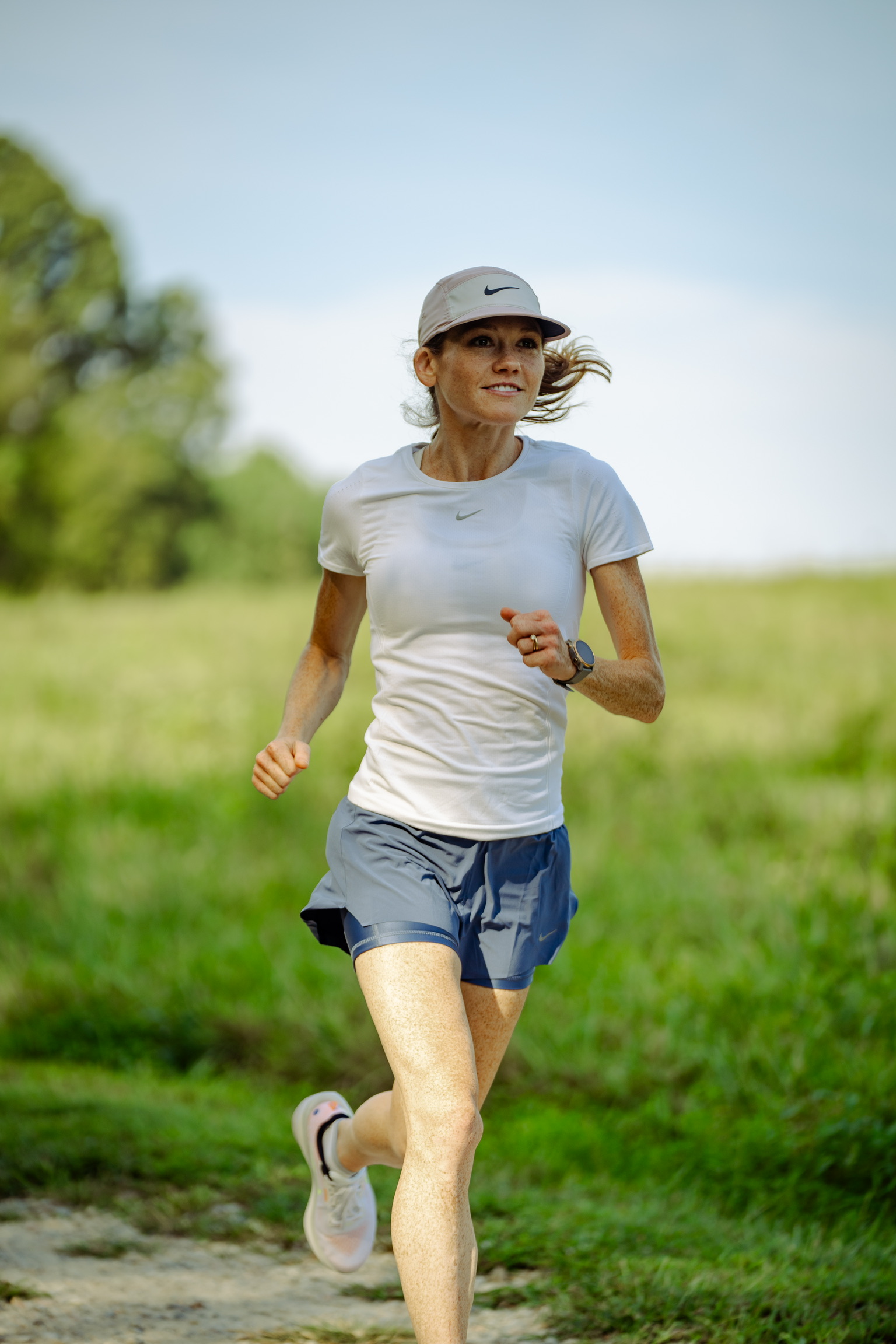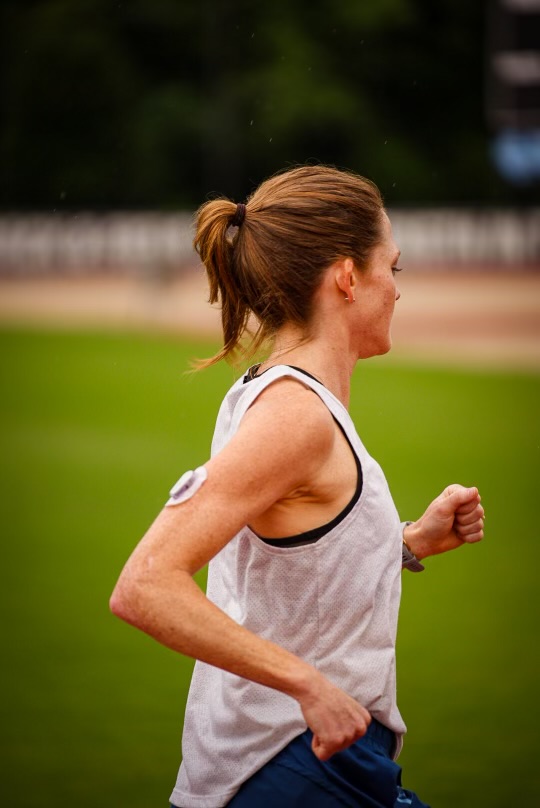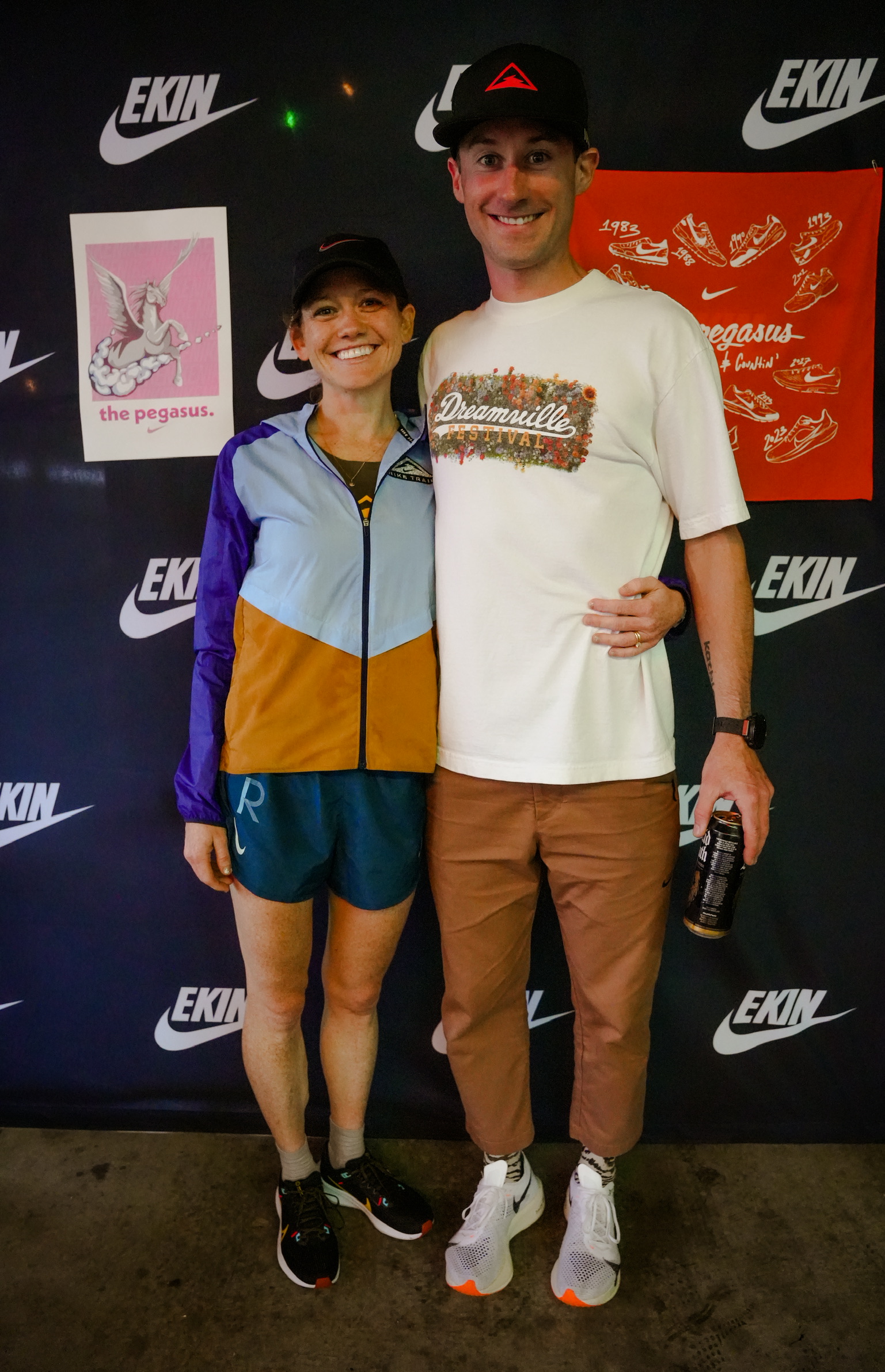
Too Many Units, Not Enough Miles
By Blakely Warren
It’s 3:00AM and my Dexcom is BLARING. I’m soaking wet, I’m hot, I’m freezing, and my dreams are wild. My husband shakes me awake but I don’t recognize where I am. He repeats “drink the juice, your blood sugar is low” as I come to. My blood glucose is registering at 48 mg/dL (normal glucose is 70-130 mg/dL) and I am in a different world with my brain lacking necessary glucose to function. I’ve sweat through the sheets, I’m speaking gibberish, and I’m just as scared as my husband is as he encourages me over and over to perform the primal task of drinking.
Many nights, when my glucose is too low, I am able to stagger downstairs to drink juice. Too long of a run for a Monday night? Too much basal insulin? Not enough fat with the carbs at dinner? Whatever the flaw, multiple times up throughout a night is frustrating. Luckily I have the technology of a Dexcom continuous glucose monitoring system that reads my glucose every five minutes. AKA a lifeline. I correct my low blood glucose with only 4 ounces of juice. If I drink too much juice I end up with a reciprocal high glucose reading and feel more dehydrated than a snail in the Saraha. All of this before the sun rises.

Throughout my work day, amid a flurry of tasks at an endocrinology practice, I keep an eye on my Dexcom. It’s a constant juggle. Did I calculate my lunch insulin correctly? Will my glucose spike while I’m with patients? Will it dip? Do I have enough Juicy Juice? Each meal, each snack, each stressor becomes a balancing act and the dance never stops.
Off work and on to my favorite part of the day: the run! I’m logging speed work tonight and need my glucose to start at 180 or higher knowing it will drop throughout the run so I eat a pre-run gel. Twenty four carbohydrates, no protein, and 100% digestible. I never start a run, no matter the distance, without carrying at least two.
Mile one feels okay, but mile two, with the heat, is feeling bad and I’m really thirsty. Am I thirsty because it’s 94 degrees in Raleigh’s summer heat or because my glucose is high? I speed up. It feels like I’m running through thick, red-clay, Carolina mud. I tell myself that I’m probably out of shape. That I haven’t done enough hills. That I need to push harder. I always get heavy legs when running with low blood glucose, sometimes I’ll get heavy arms, tingling in my mouth, or spots in my vision.
Post-run, my day’s not wrapped up. Dinner means another round of insulin calculations and then, right before bed, I get my dose of long-acting insulin. Rinse and repeat.
This is a standard day in my life.

I was diagnosed with Type 1 Diabetes when I was 15 months old and it has shaped me into who I am. It is who I am. On race day, I’ll be running alongside 49 competitors whose lives have been affected by Type 1 Diabetes. You’ll know who we are: we’ll have those plastic tags on the back of our arms. We will have been training for a marathon like the thousands of others surrounding us, but we will have also been calculating our “sugar levels,” waking up in the middle of the night to drink juice, and jabbing ourselves with a syringe four or more times a day. People don’t feel the finger pricks, the insulin shots, the thirst, or the sting of having to eat pretzels while the other classmates get cookies. Yet this disease will not go away, but it will not stop us.
I want to run strong, but my finish time is not my biggest goal. I hope to run past a little girl in the audience that also has Type I. She’ll see the plastic on the back of my arm and recognize that she is not alone in fighting a giant that others don’t see. I hope I inspire her.
If something I’ve written resonates, please consider donating to my fundraiser for Beyond Type I. The proceeds at Beyond Type I work to unite the global diabetes community and provide education, advocacy and support for living with and for a cure for Type 1 Diabetes (and is now extending to programs for Type 2 Diabetes as well).

